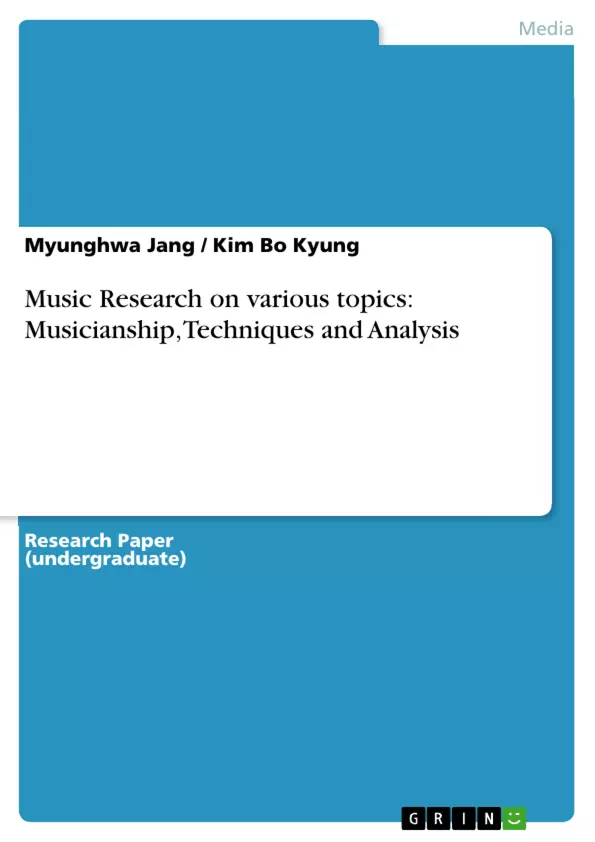Music has something to offer to anyone, not just the talented. I strive to set clear goals and high expectations for students beginning at their current abilities. Consistently, try to push the boundaries of challenge, but initially earn their trust through successful endeavors.
To make the learning experience fun and rewarding and critical but supportive, also build confidence and make the studio a safe place to experiment.
Always be a lifetime learner. Never think there is not something you can learn from each student who walks in and out of your life. You may learn more from them than you will ever teach another.
Encourage a love of music study through use of positive reinforcement and constructive criticism. Instill a quiet confidence that may encourage a student when you are not present in their instruction and or performance.
Inhaltsverzeichnis (Table of Contents)
- Hans Werner Henze: Music and Life
- Singing Technique: Classical Singing technique to Non-Classical Singing techniques
- An Analysis of Messianen's Piano Piece, Île de Feu I
Zielsetzung und Themenschwerpunkte (Objectives and Key Themes)
This text aims to explore various facets of music, including musicality, techniques, and analysis. It provides insights into the life and work of renowned composer Hans Werner Henze, examines classical and non-classical singing techniques, and delves into a detailed analysis of a specific piano piece by Olivier Messiaen.
- The life and work of Hans Werner Henze
- Classical and non-classical singing techniques
- Musical analysis of a specific piano piece by Olivier Messiaen
- Exploring the relationship between music and life experiences
- Investigating the impact of historical events on musical expression
Zusammenfassung der Kapitel (Chapter Summaries)
- Hans Werner Henze: Music and Life: This chapter provides a biographical overview of Hans Werner Henze, highlighting key events and influences that shaped his musical journey. It explores his early musical education, his experiences during the Nazi regime, and his later development as a composer.
- Singing Technique: Classical Singing technique to Non-Classical Singing techniques: This chapter examines the techniques and methods employed in both classical and non-classical singing. It delves into the differences and similarities between these approaches, analyzing their respective strengths and limitations.
- An Analysis of Messianen's Piano Piece, Île de Feu I: This chapter presents a detailed analysis of Olivier Messiaen's piano piece, Île de Feu I. It explores the musical structure, harmonies, and thematic elements of the composition, revealing its unique characteristics and stylistic features.
Schlüsselwörter (Keywords)
This text focuses on music research, encompassing topics such as musicianship, techniques, and analysis. Key terms include Hans Werner Henze, classical and non-classical singing techniques, Olivier Messiaen, Île de Feu I, musical analysis, and the influence of historical events on musical expression.
- Quote paper
- Myunghwa Jang (Author), Kim Bo Kyung (Author), 2013, Music Research on various topics: Musicianship, Techniques and Analysis, Munich, GRIN Verlag, https://www.grin.com/document/208216



